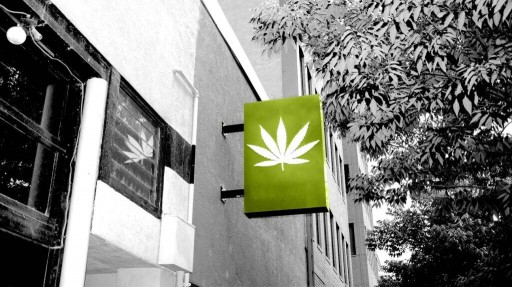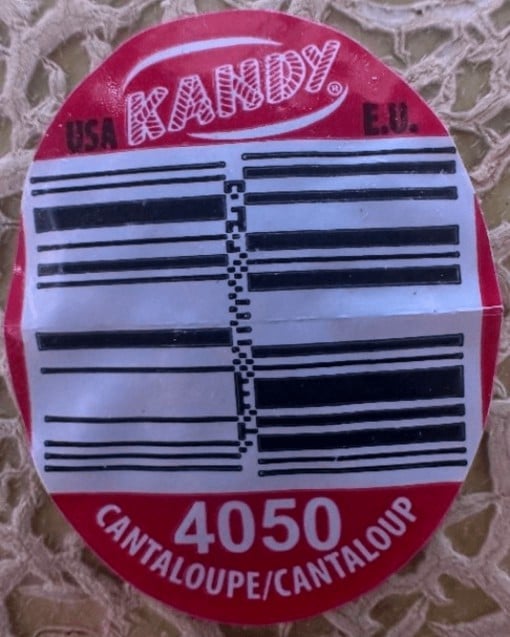Lifestyle

Contaminated Candy Scandal Shocks New Zealand CharityA New Zealand charity working with the homeless in Auckland has found itself at the center of a shocking scandal after unknowingly distributing candies laced with a potentially lethal dose of methamphetamine. The incident has sent shockwaves through the community and raised serious concerns about the safety of donated goods.Uncovering a Dangerous Deception: Lethal Meth-Laced Candies Infiltrate Auckland Charity
Methamphetamine-Laced Sweets Disguised as Innocent Donations
The Auckland City Mission, a charity dedicated to supporting the city's homeless population, was thrust into the center of a disturbing situation after receiving a donation of what appeared to be ordinary pineapple candies. However, upon further investigation, it was discovered that these seemingly harmless sweets were in fact solid blocks of methamphetamine, a highly potent and dangerous drug.Charity's Nightmare: Tracking Down Tainted Parcels and Treating Affected Individuals
The City Mission immediately sprang into action, working to contact up to 400 individuals who had received the contaminated food parcels. Three people were reported to have consumed the meth-laced candies, leading to their hospitalization. Fortunately, they were later discharged, but the incident has highlighted the grave risks posed by these adulterated goods.Unraveling the Scheme: Shocking Details and the Potential Scope of the Situation
According to the New Zealand Drug Foundation, the amount of methamphetamine in each candy was up to 300 times the typical dosage, making them potentially lethal. The Foundation also revealed that this method of disguising drugs as innocuous products is a common tactic used in cross-border smuggling operations, raising concerns that more of these contaminated candies may have been distributed throughout the country.Investigating the Source: Clues Point to an Accidental Donation, Not a Targeted Attack
Authorities are still investigating the source of the tainted candies, but initial indications suggest that the donation was accidental rather than a deliberate attack. Detective Inspector Glenn Baldwin noted that the "initial perceptions" were that the incident was likely the result of an importation scheme gone awry. The high street value of the candies, estimated at NZ,000 (8) per piece, further supports the notion that the donation was not intentionally malicious.Securing the Food Bank: Charity Tightens Donation Protocols to Prevent Future Incidents
The Auckland City Mission has reiterated that its food bank only accepts commercially produced, sealed food items, and the contaminated candies "appeared as such when they were donated." The charity's leaders have expressed their shock and disgust at the situation, and have vowed to work closely with authorities to ensure the safety of all donations and the well-being of those they serve.Cooperation and Condemnation: Candy Manufacturer Distances Itself from the Incident
In a written statement, the Malaysian candy brand Rinda, whose packaging was found on the adulterated sweets, expressed its dismay at the situation. The company stated that it had learned of the incident through New Zealand news reports and emphasized that it "does not use or condone the use of any illegal drugs in our products."As the investigation continues, the Auckland City Mission and the wider community are left grappling with the aftermath of this disturbing and potentially deadly incident. The charity's mission to support the city's most vulnerable residents has been tarnished by this shocking turn of events, underscoring the need for vigilance and the importance of comprehensive safety protocols when it comes to donations and the distribution of food and other essential items.



















